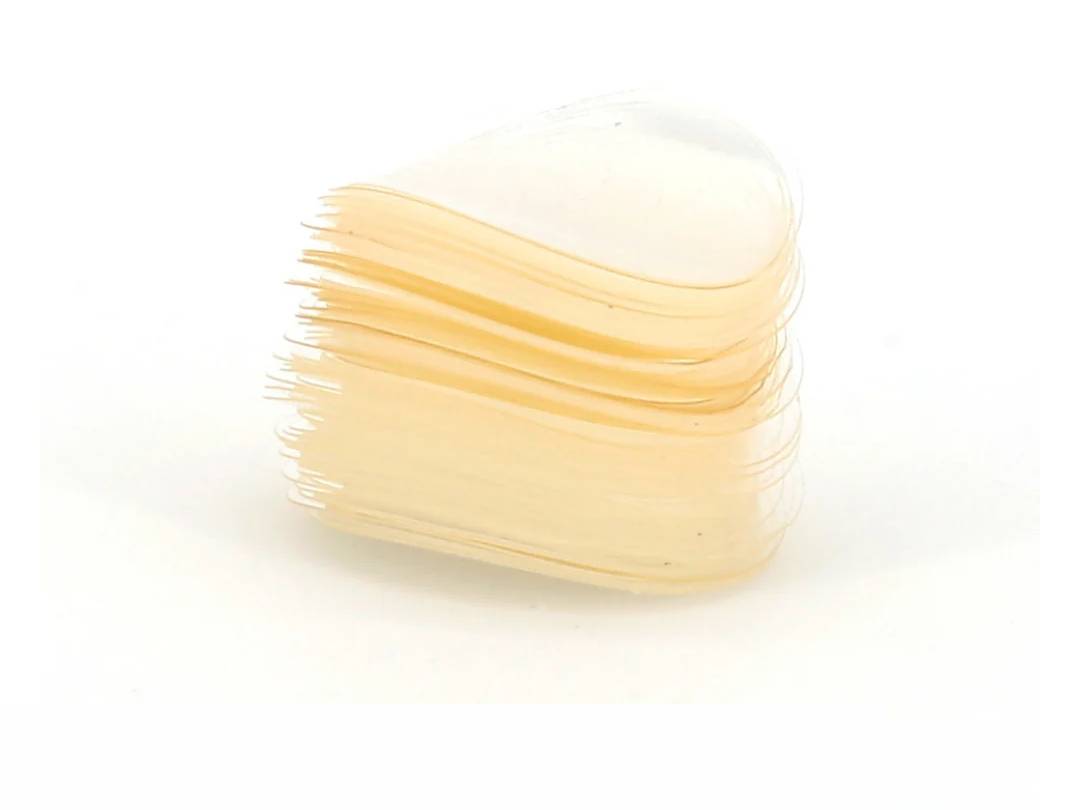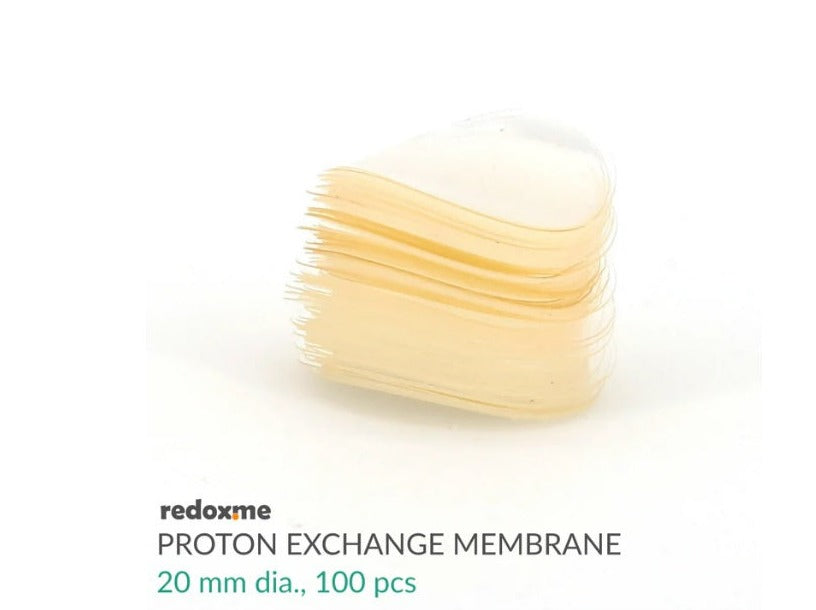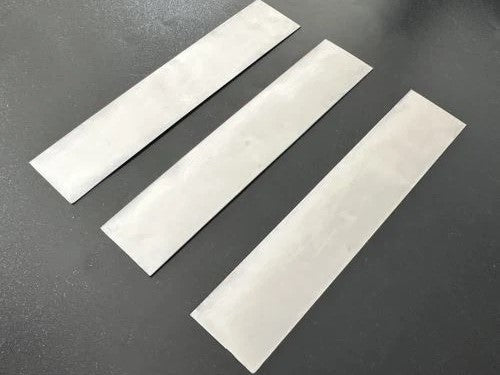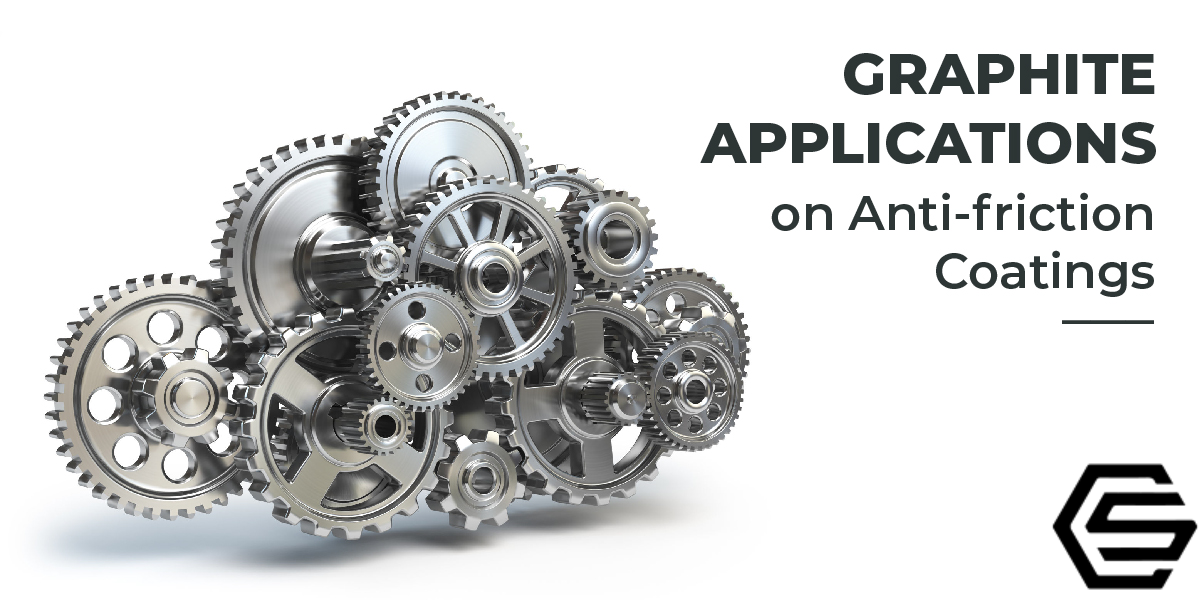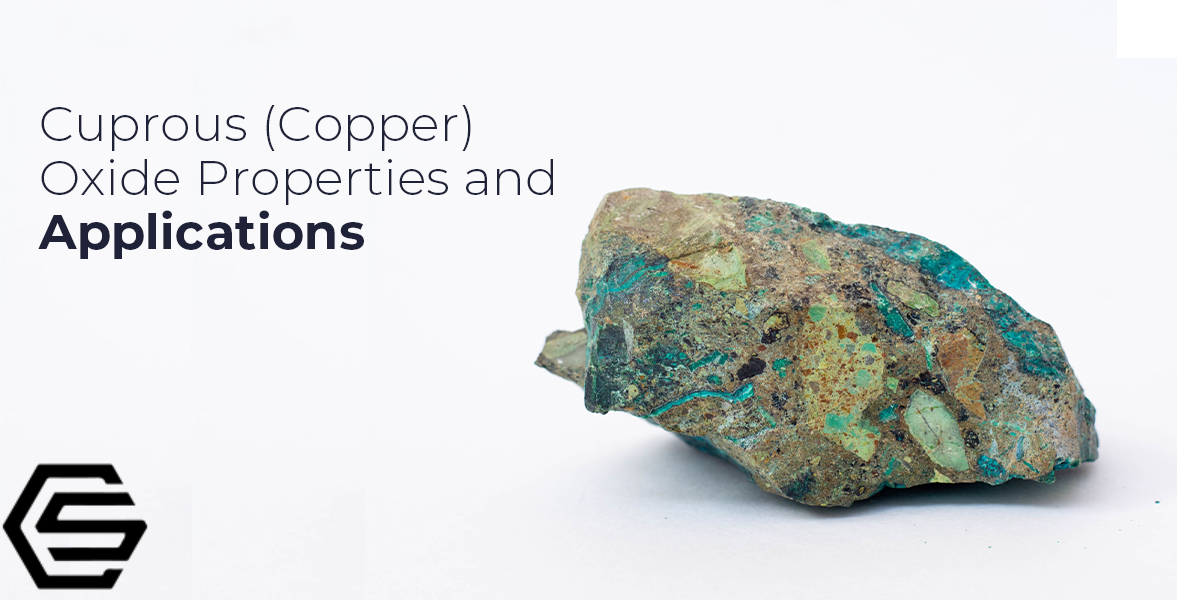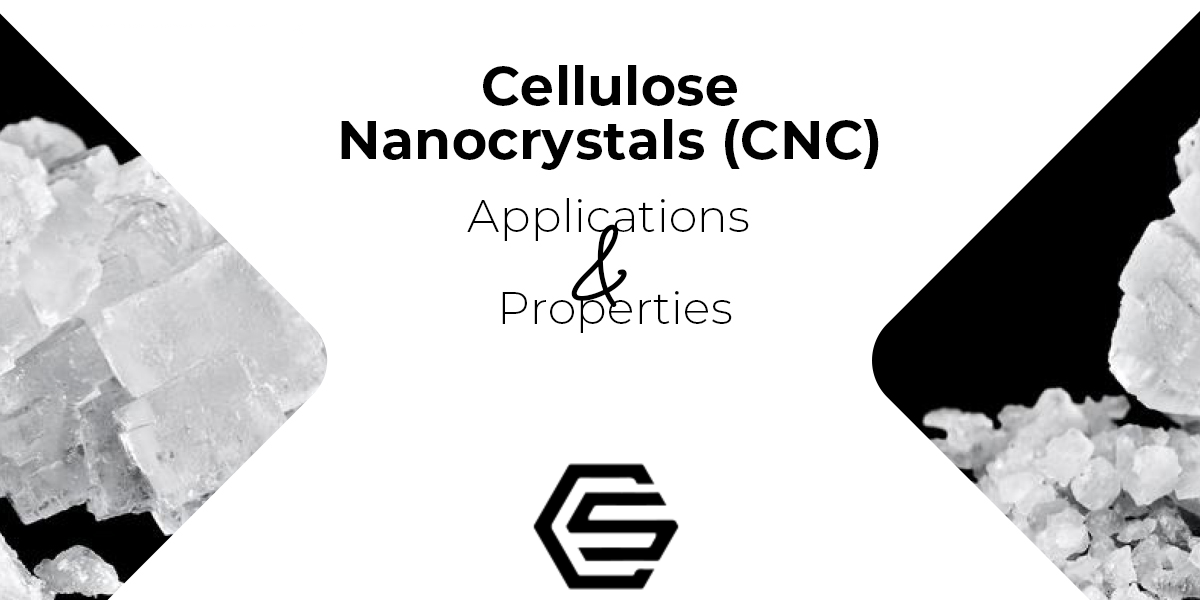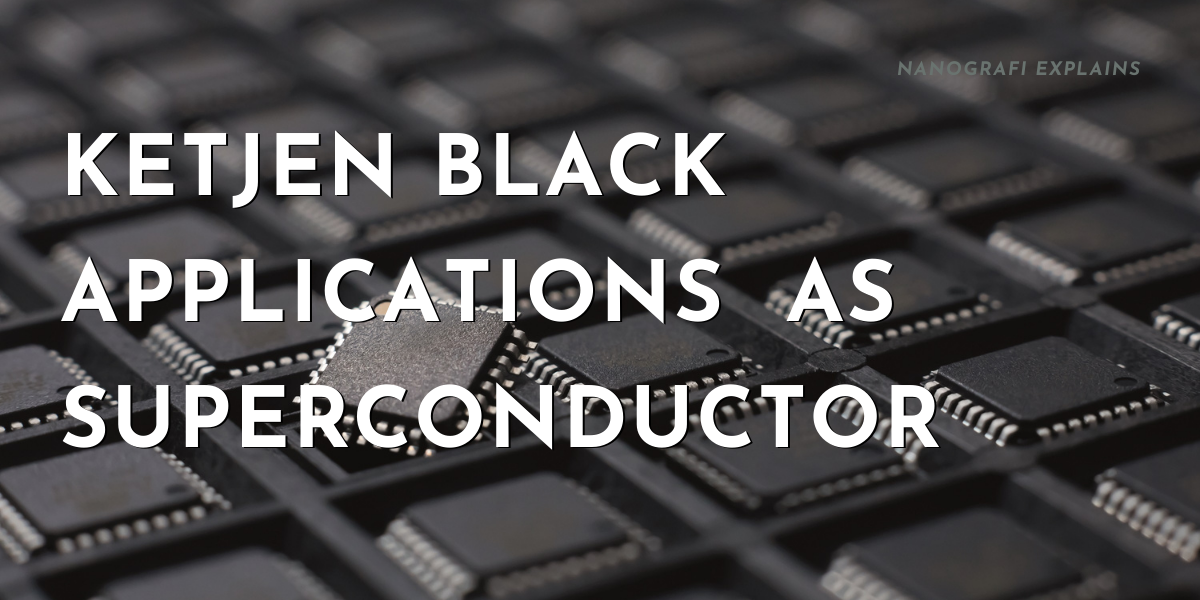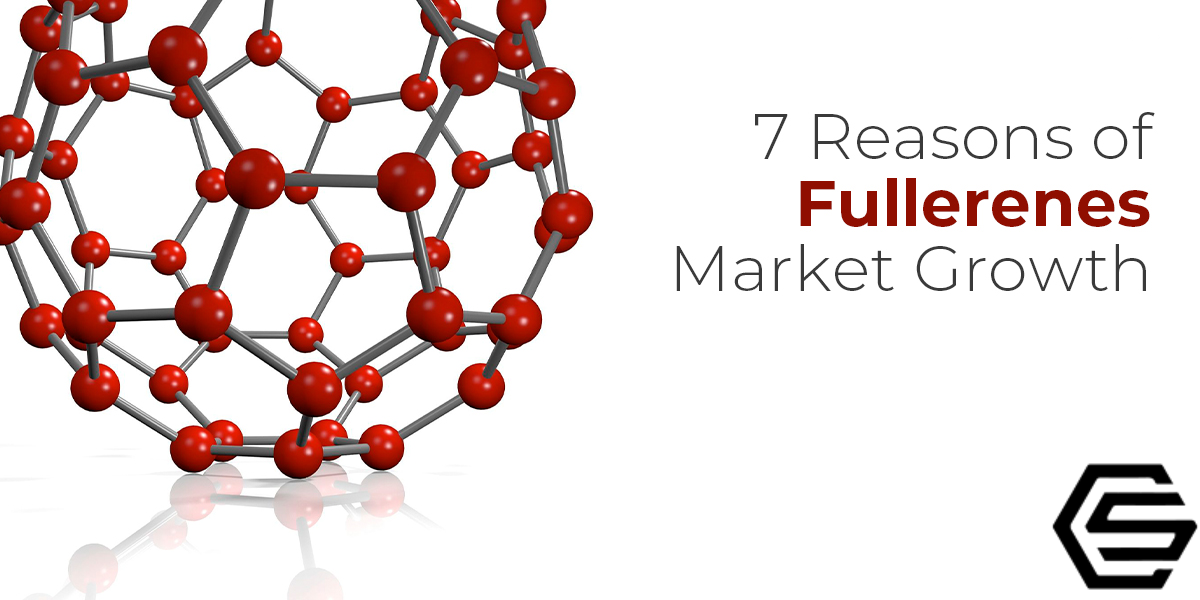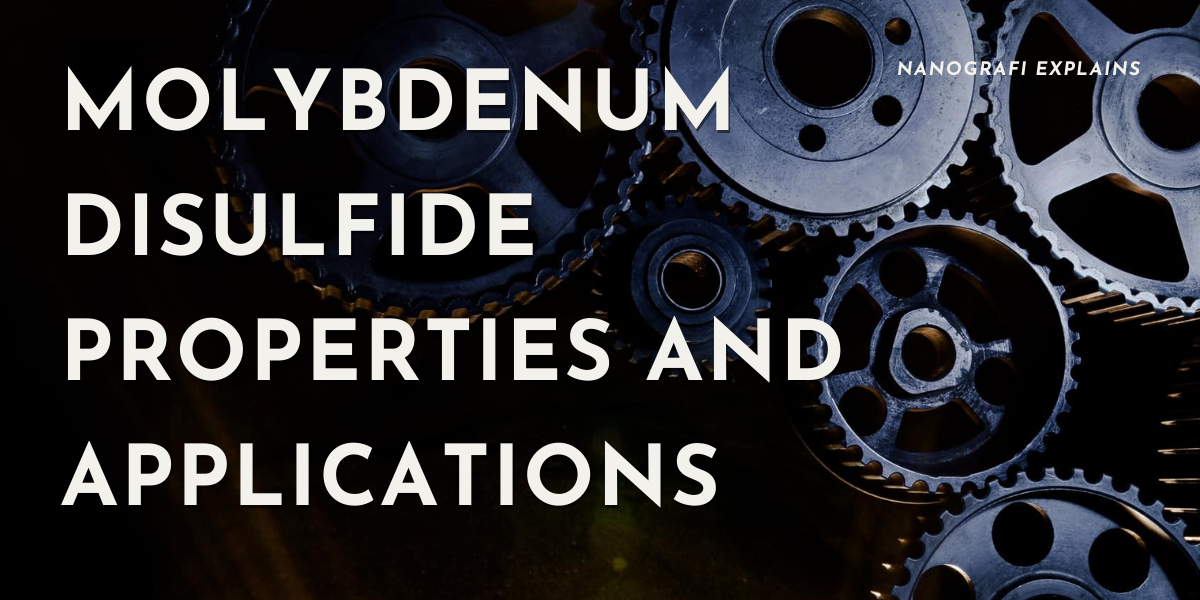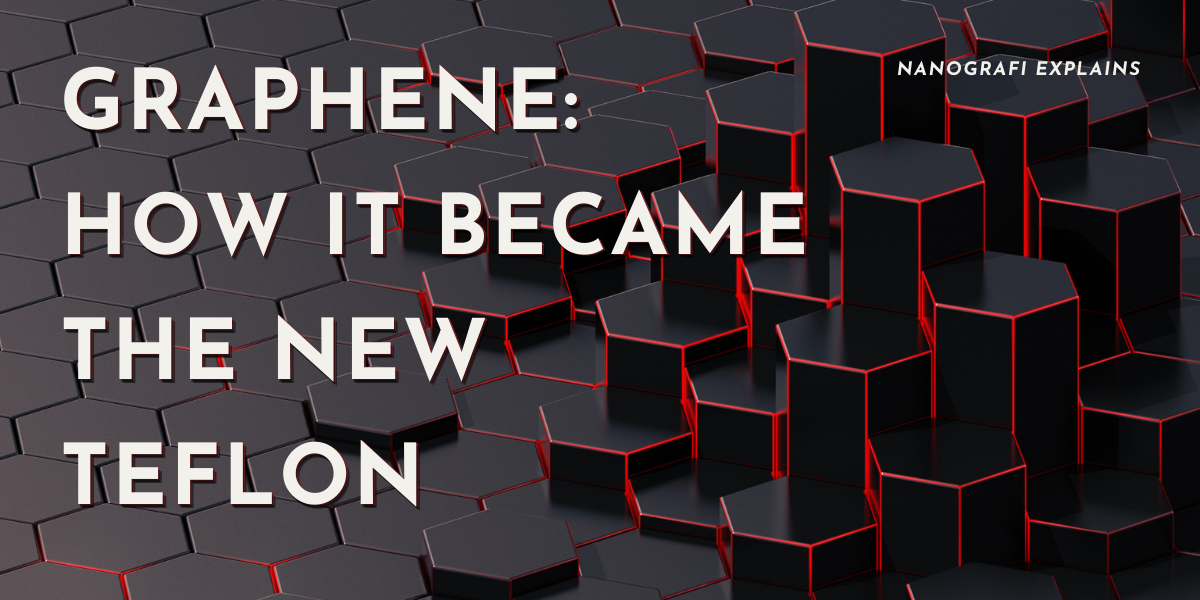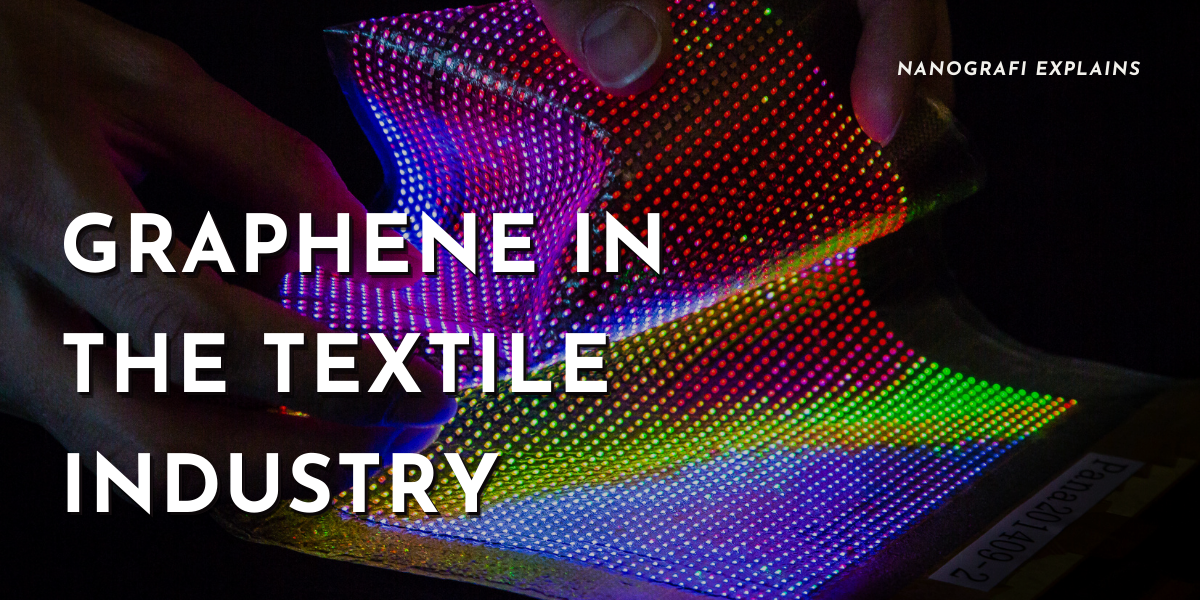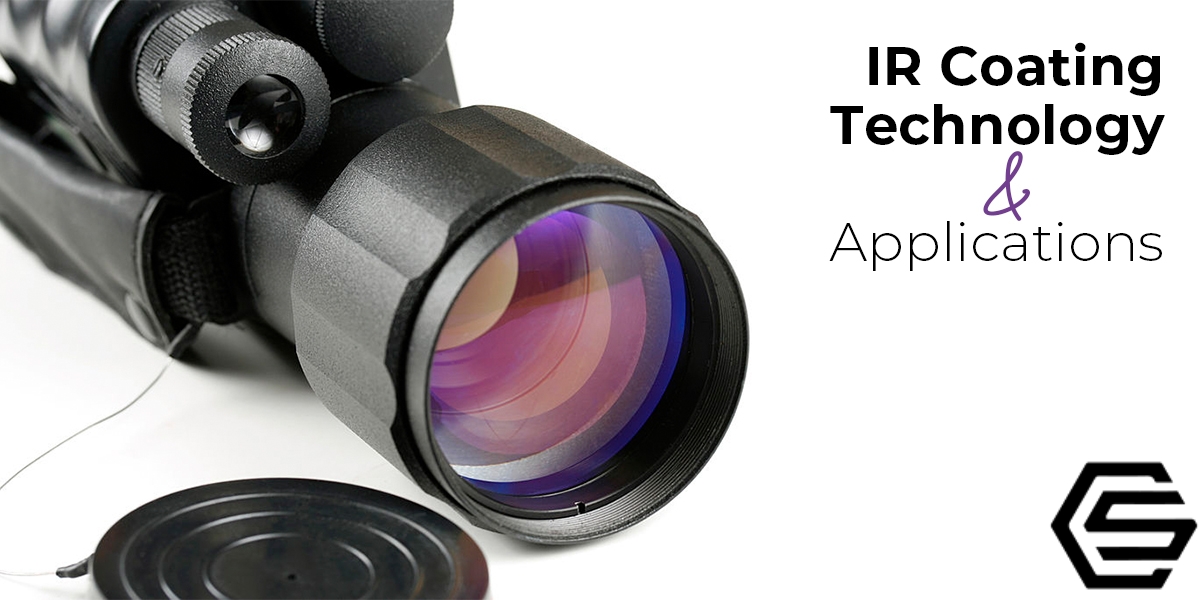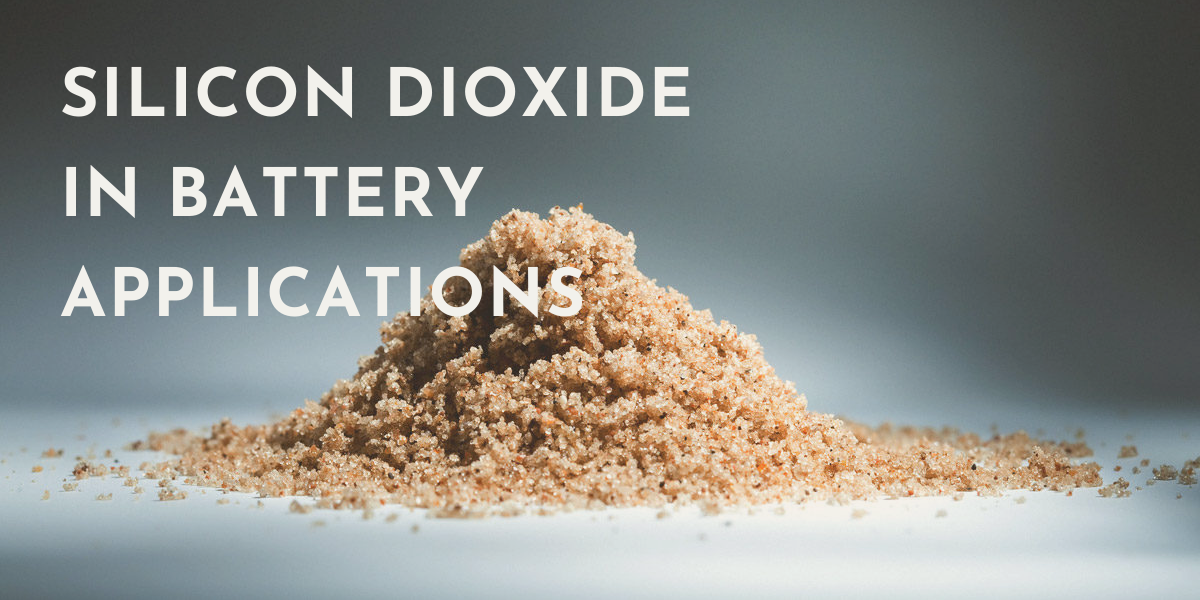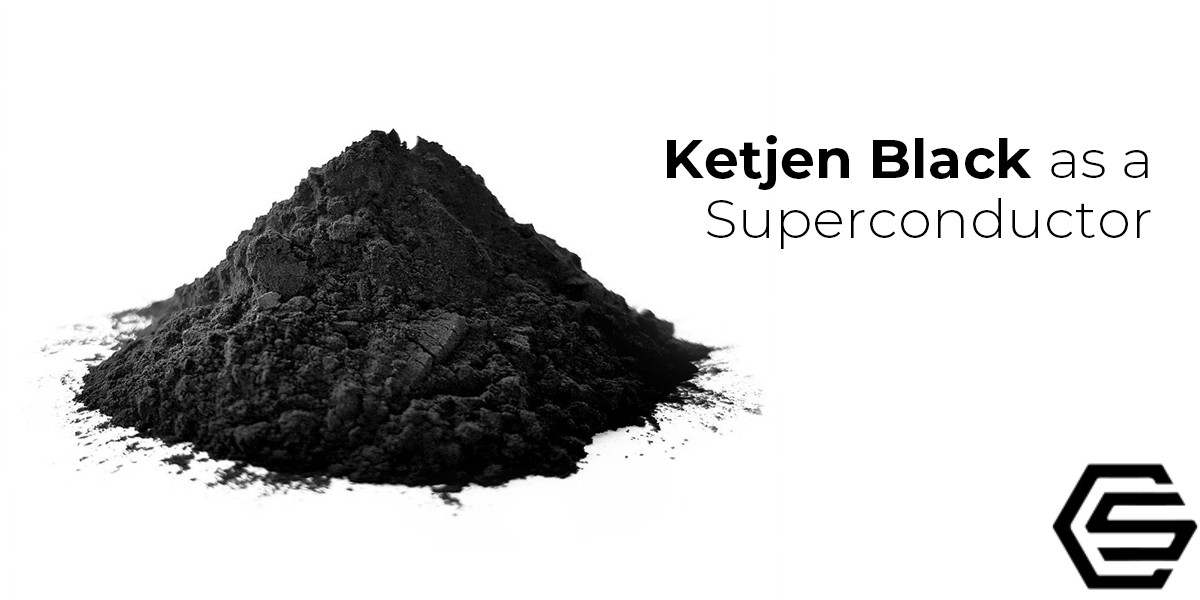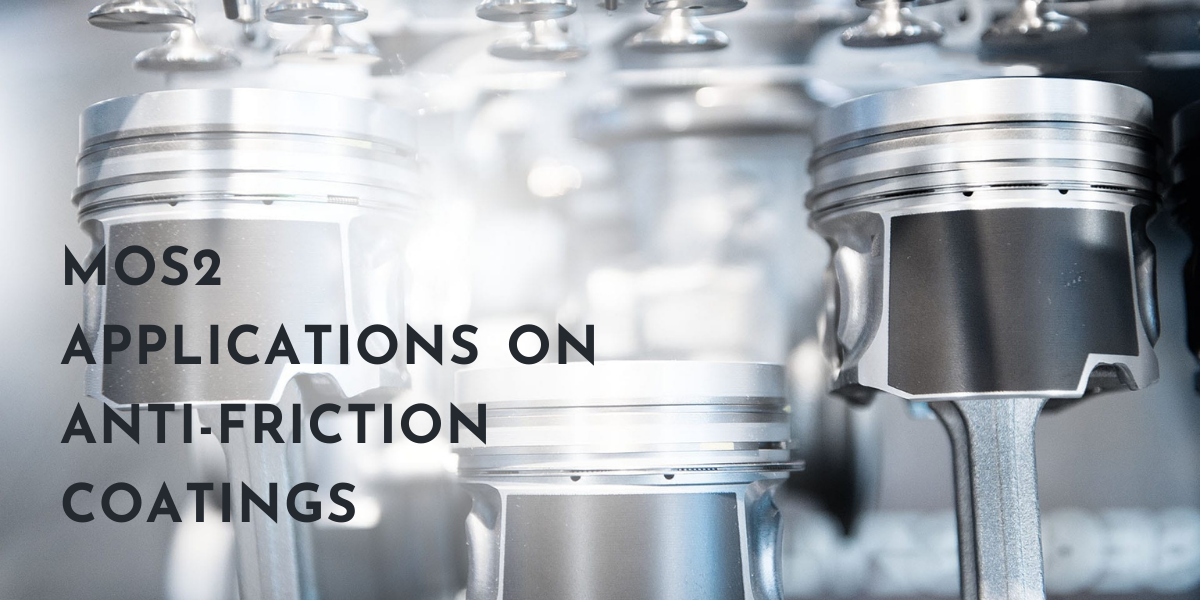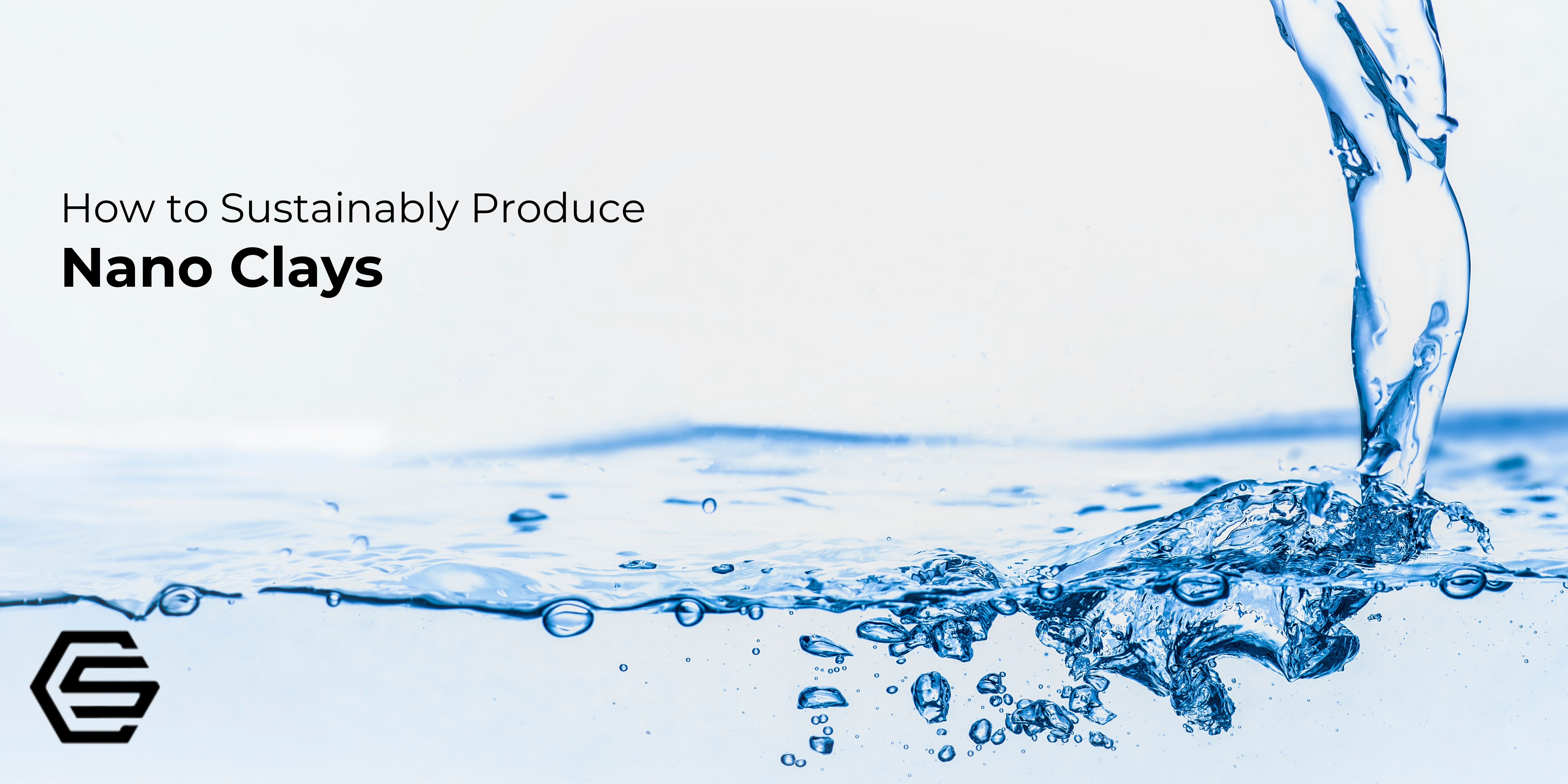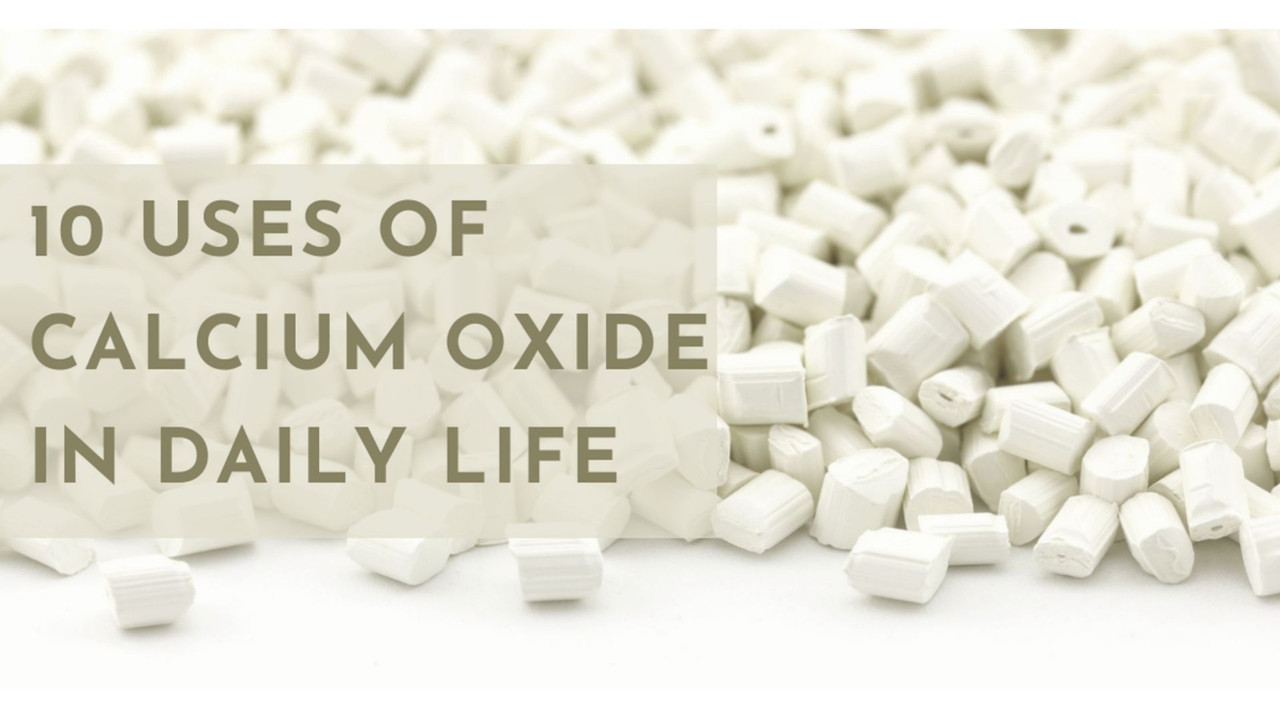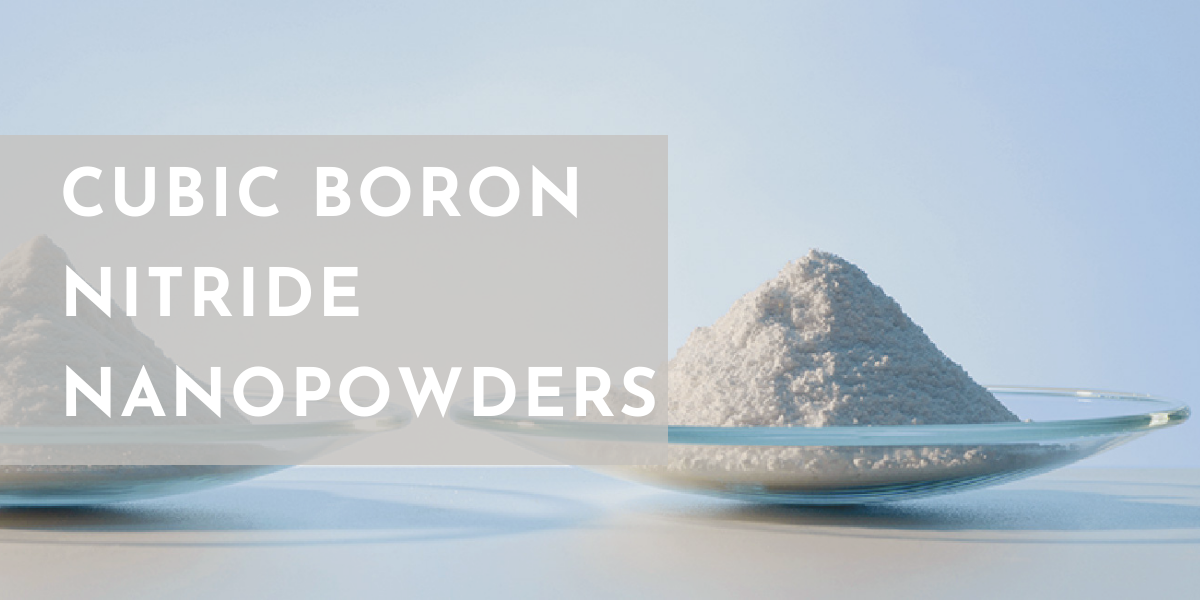NANO PRO™ PEM Water Electrolyzer, Hydrogen Production Rate 600mL/min
Technical Specification
| Oxygen production | ml/min | >900 | Hydrogen is mixed with oxygen |
| Hydrogen production | ml/min | >600 | Pure hydrogen, single out |
| Temperature of circulating water | °C | 25-45 | |
| Water consumption | ml/min | Pure water, deionized water | |
| Circular manner | / | Gravity cycle/pump cycle | |
| Hydrogen purity | % | 99.99 | After drying |
| Water electrolysis method | / | Water electrolysis | Proton exchange membrane electrolysis |
| Maximum stress | Mpa | 0.5 | |
| TDS | PPM | Anode water ≤1 | Recommended ion-exchange resin for circulating water |
| Single cell voltage | V | 1.75-2.5 | |
| Power supply | A, V | Constant current 20A, Constant voltage 12V | |
| Dimensions (without lugs) | mm | 94×43×106 | |
| Dimensions (including lugs and fittings) | mm | 109×62×106 | |
| Weight | kg | 1.15 | |
| Application area | / | GC (gas phase) gas and carrier gas, ELCD (conductivity detector) reaction gas, Ed (atomic emission spectrum detector) reaction gas, hydrogen-rich water machine, hydrogen absorber, etc. |
Working Principle
The proton exchange membrane (PEM) only allows water and positive ions to cross between compartments and also serves as the electrolyte in the cell, eliminating the need for hazardous liquid electrolytes like concentrated potassium hydroxide. PEM water electrolysis splits pure deionized water (H2O) into its constituent parts, hydrogen (H2) and oxygen (O2), on either side of the membrane. When a DC voltage is applied to the electrolyzer, water fed to the anode (oxygen electrode) is oxidized to oxygen and protons, while electrons are released. The protons (H+) pass through the PEM to the cathode (hydrogen electrode), where they meet electrons from the other side of the circuit and are reduced to hydrogen gas. The two reactions that occur in the cell are as follows:
2H2O→4H++4e−+O2
2H++2e−→H2
Thus, the only possible components of the streams are hydrogen, oxygen, and water moisture, as shown in the figure below.

NANOSSR offers a variant of PEM electrolyzer stacks. Please contact us for more information.



